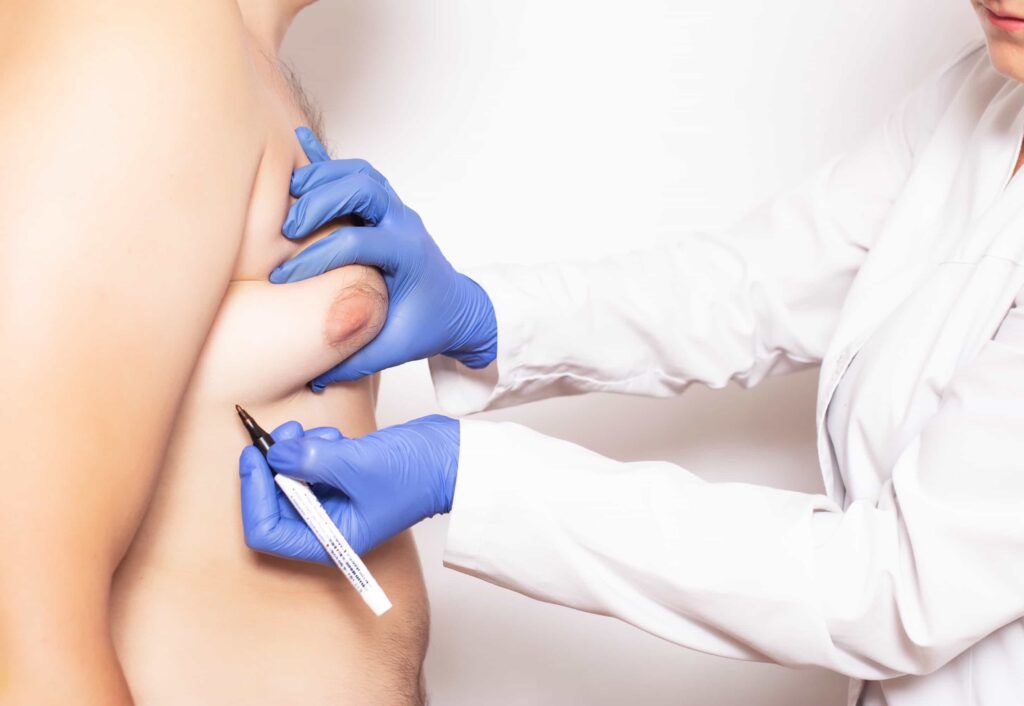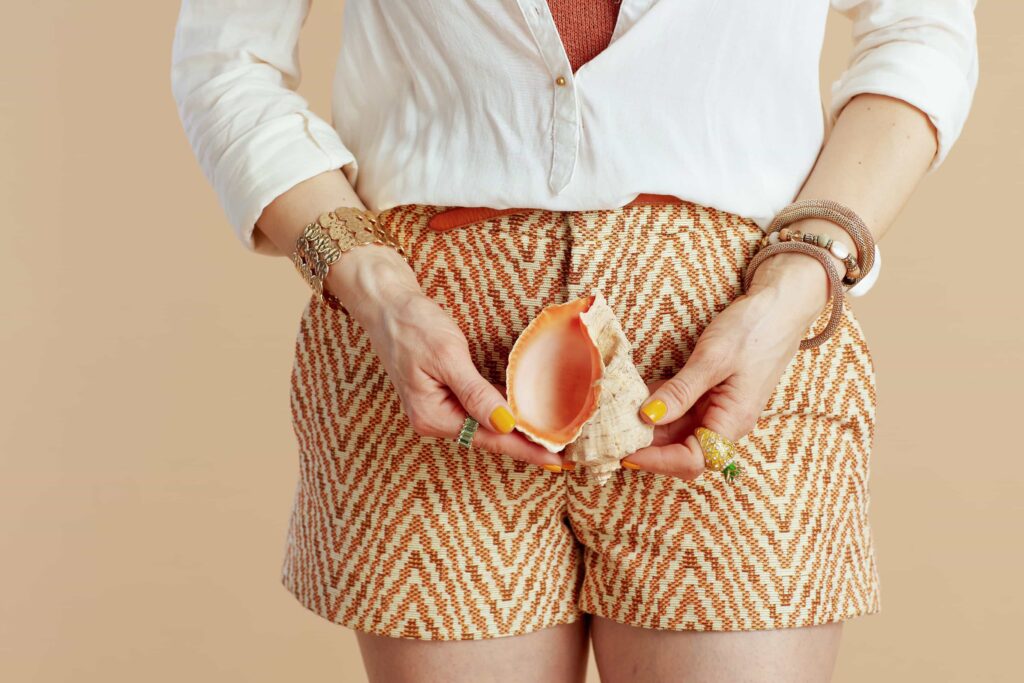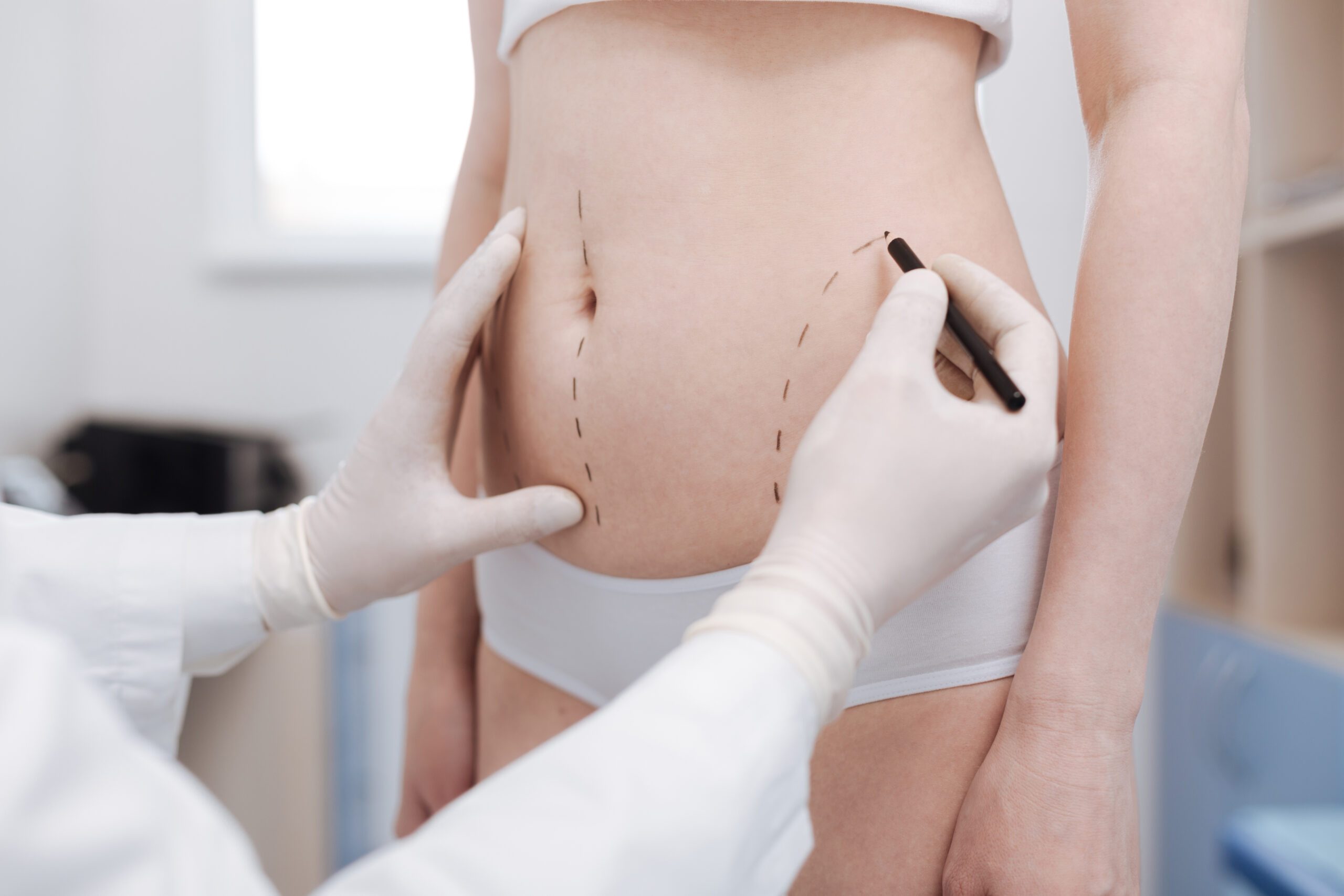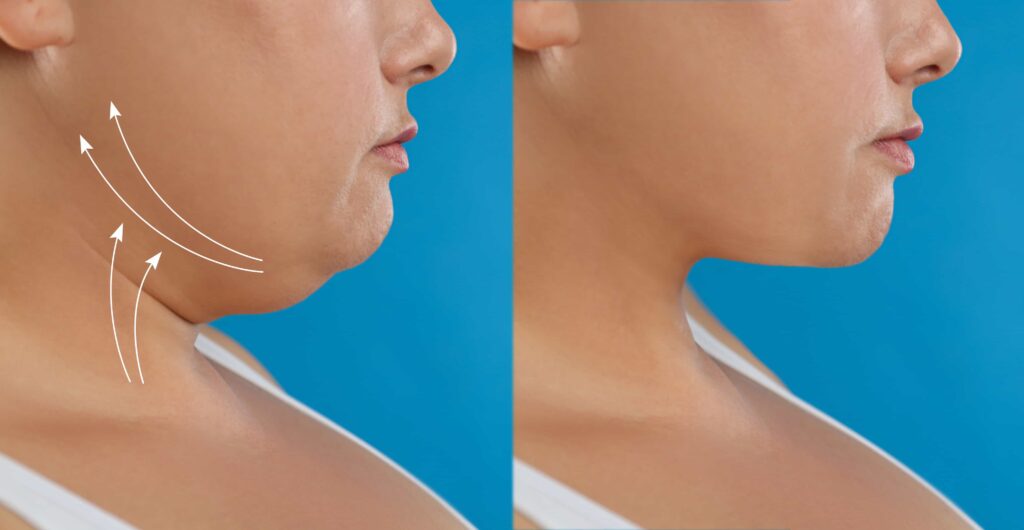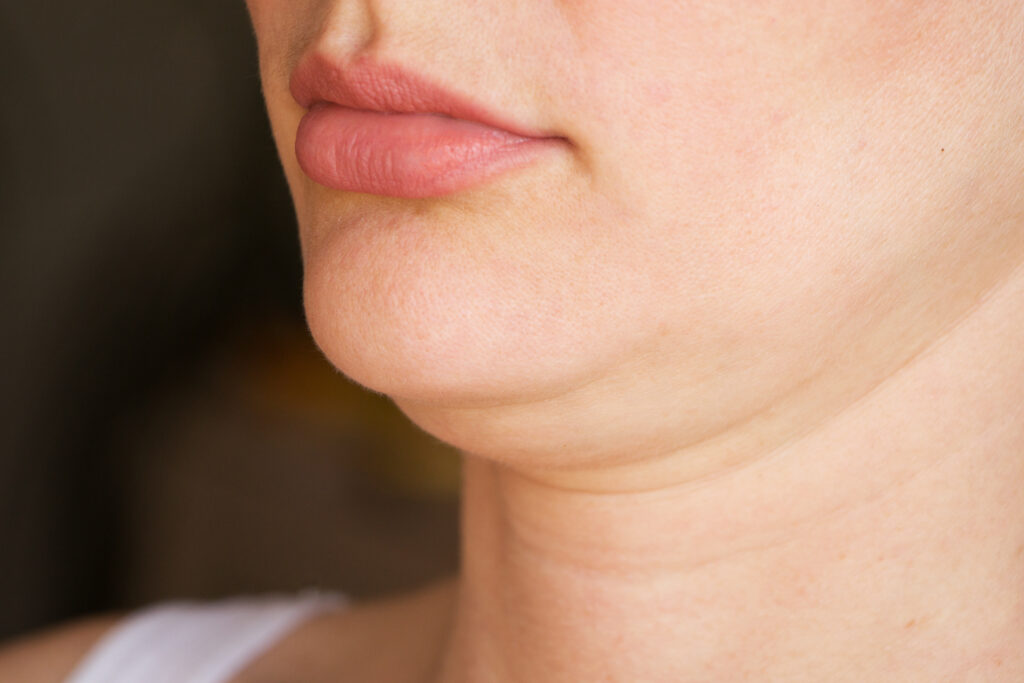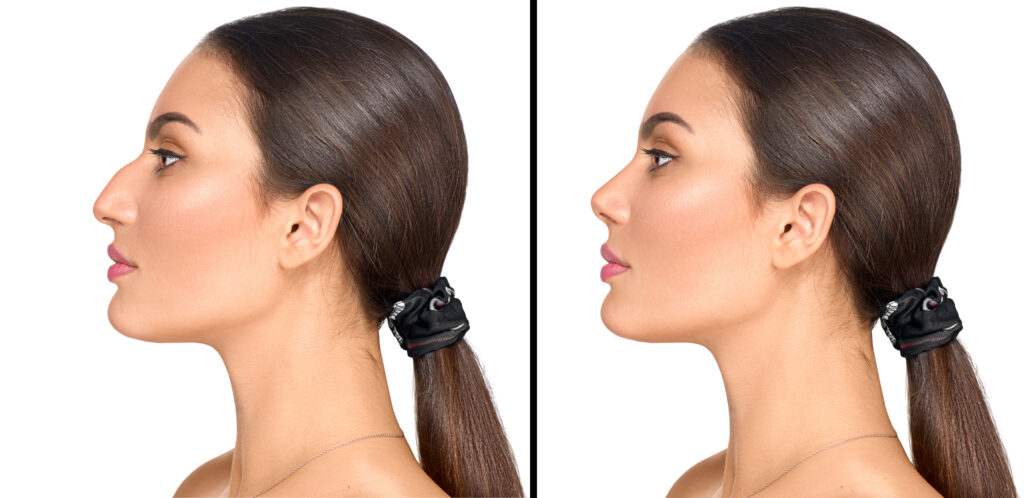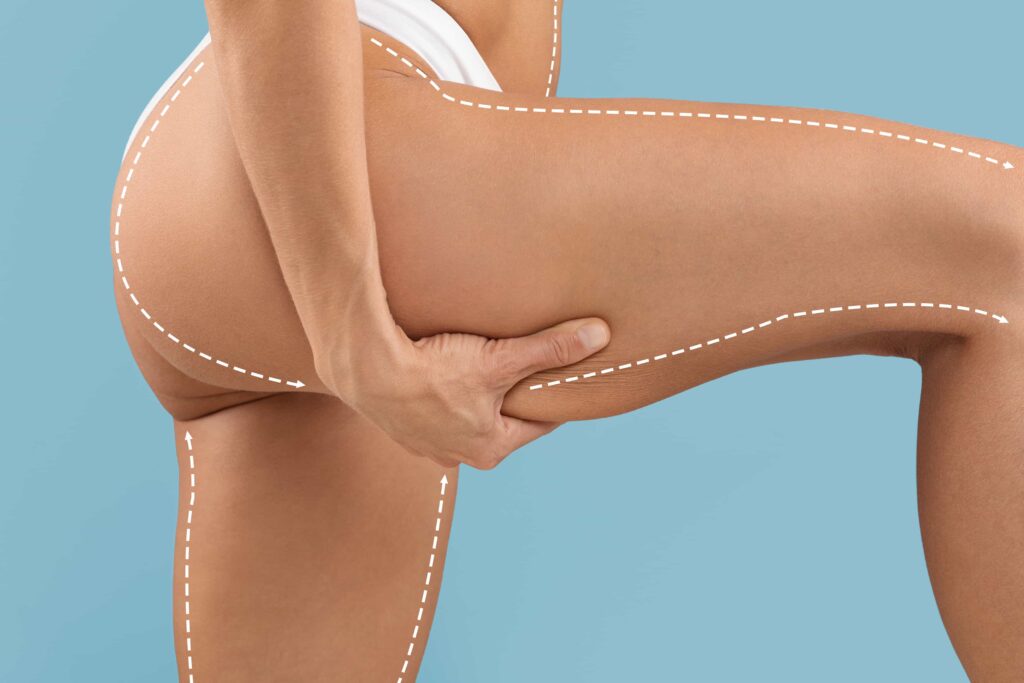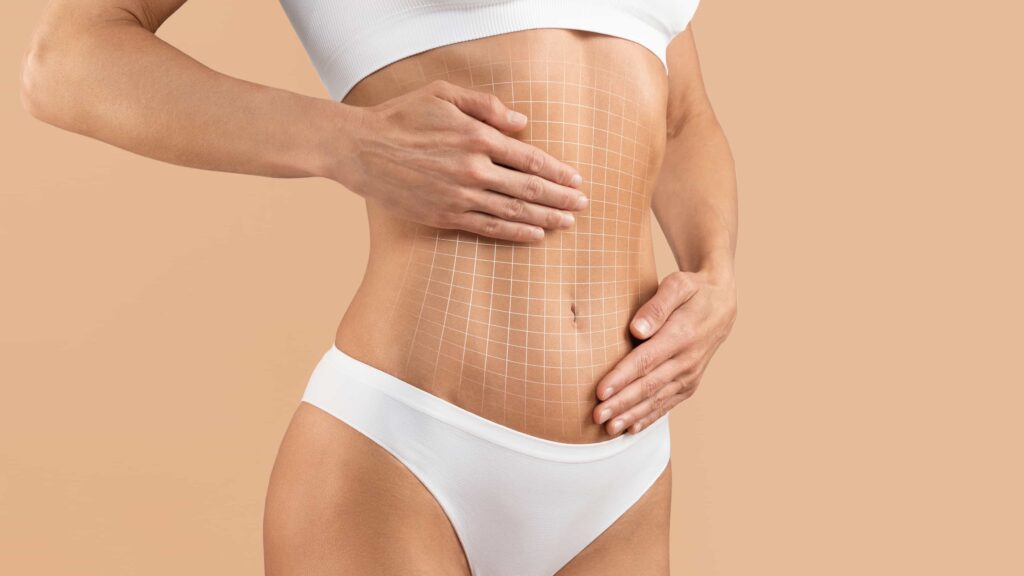Surgical procedure designed to enhance the size, fullness, and shape of a woman's breasts using implants or fat transfer.
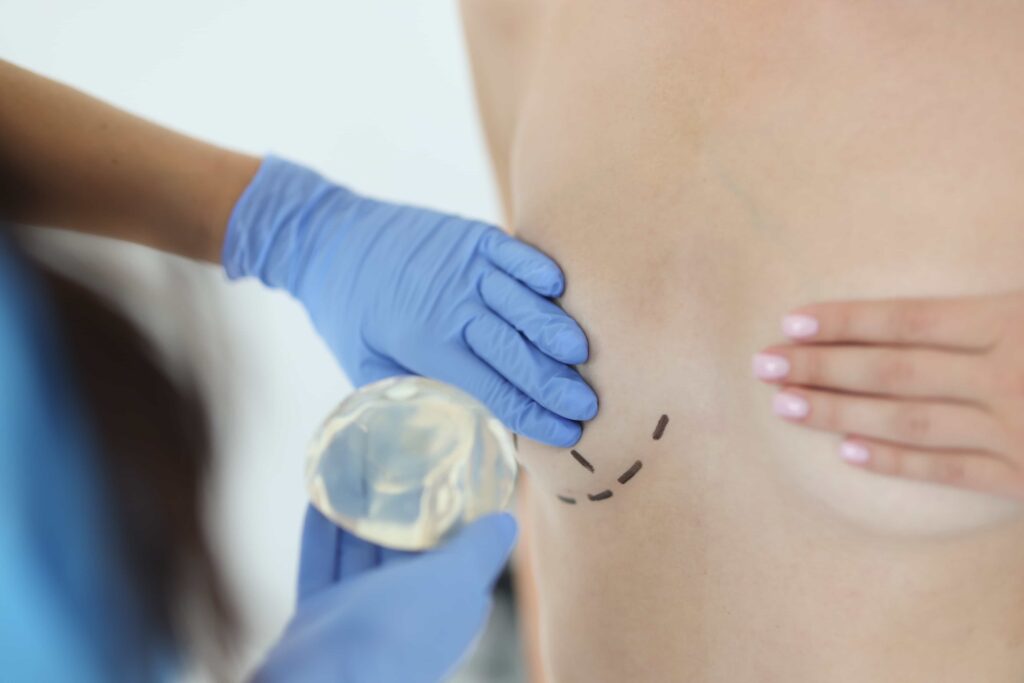
Breast Augmentation with Implants
Breast augmentation is a cosmetic surgery that increases the size, shape, and fullness of a woman’s breasts. Surgeons usually place saline or silicone implants—often called gummy bear implants—under the chest muscle through small incisions. This is known as submuscular breast augmentation.
There are several types of implants to choose from:
•Saline implants are filled with sterile salt water. They create a firm, even shape and are approved by the FDA for women 18 and older.
•Structured saline implants have an internal structure for a more natural feel.
•Silicone implants contain a gel that feels like natural breast tissue. They are FDA-approved for women 22 and older.
•Gummy bear implants are form-stable. They hold their shape even if the outer shell breaks.
Other options include:
•Round implants create a fuller look.
•Smooth implants are soft and move naturally in the breast pocket.
•Textured implants help prevent movement by encouraging scar tissue to form around them.
When choosing implants, it’s important to think about your lifestyle, goals, and expectations. Your surgeon will help guide you to the best option.
Breast Augmentation with Fat Transfer
You can also enhance your breasts without implants. Fat transfer breast augmentation offers a natural alternative using your own body fat.
Here’s how it works: Your surgeon removes fat from areas like your hips, stomach, or thighs through liposuction. Then they inject the fat into your breasts to add volume.
This method can:
•Improve breast symmetry
•Add cleavage
•Increase size by about one cup
It’s a great option if you want a small, natural boost without implants.
Breast augmentation offers increased breast size, improved shape and symmetry, and can enhance a woman’s overall silhouette. It provides a customizable solution with various implant types and the option of fat transfer for those seeking a more natural approach.
Breast Augmentation: What to Expect
During breast augmentation, the surgeon places implants under the chest muscle using small incisions. Another option is fat transfer. In this method, the surgeon removes fat from areas like the stomach, hips, or thighs using liposuction, then injects it into the breasts. Both options usually take one to two hours and are done under general anesthesia.
Scar Placement and Incision Options
Many patients ask about scarring before surgery. Experienced cosmetic surgeons plan incisions carefully to keep scars small and easy to hide. The best incision type depends on your body and your goals. Most surgeons use one of these common methods:
•Inframammary Incision: This cut is made in the fold under the breast. It leaves a thin scar, about 1 to 2 inches long, that stays hidden in the crease. This method gives the surgeon more room to place larger implants like silicone or gummy bear implants.
•Peri-areolar Incision: The surgeon makes a small cut around the edge of the areola, where the skin changes color. This scar blends into the natural skin tone. It’s often used if a small breast lift is done at the same time.
•Trans-axillary Incision: The surgeon makes a small cut in the armpit and uses a camera and tools to place the implant. This method leaves no scars on the breasts.
•Transumbilical Incision: The surgeon makes one small cut above the belly button and moves the implant up to the breast. This leaves one scar near the belly button and no scars on the breasts.
Recovery After Surgery
Breast augmentation is usually an outpatient procedure. You will wake up in a recovery room and may walk around within a few hours. Most patients feel well enough to leave the house in one or two days.
After surgery, follow your surgeon’s instructions. You may need to wear a supportive bra for several weeks. Implants may look high on your chest at first, but they will settle over time.
Also:
•Mammograms are still safe with implants.
•Silicone implants should be checked regularly for leaks.
•Pregnancy and weight changes can affect your results.
•Wearing a good bra can help prevent sagging as you age.
In short, breast augmentation can enhance shape and volume, and with the right care, results can last for many years.
Patients can usually walk around a few hours after surgery. Within a day or two, many feel ready to leave the house.
After surgery, it’s important to follow your cosmetic surgeon’s instructions. This may include wearing a supportive bra.
At first, the implants may look swollen or sit high on the chest. Over the next few weeks, the swelling will go down, and the implants will settle into place.
Breast augmentation improves breast size, shape, and symmetry. Over time, implants will settle into a more natural position. In comparison, fat transfer adds a softer, more subtle increase in volume.
In most cases, results can last a long time. However, changes like pregnancy or weight gain can affect the final outcome.
Breast augmentation is a common outpatient procedure with a good safety profile when performed by an experienced cosmetic surgeon. Regular mammograms are safe with breast implants, and monitoring for ruptures is recommended for silicone implants. Wearing a supportive bra can help maintain results over time.
The cost of breast augmentation varies depending on the type of implant or fat transfer, the surgeon’s experience, and the geographic location. Breast augmentation can range in price from $6,000-$12,000.


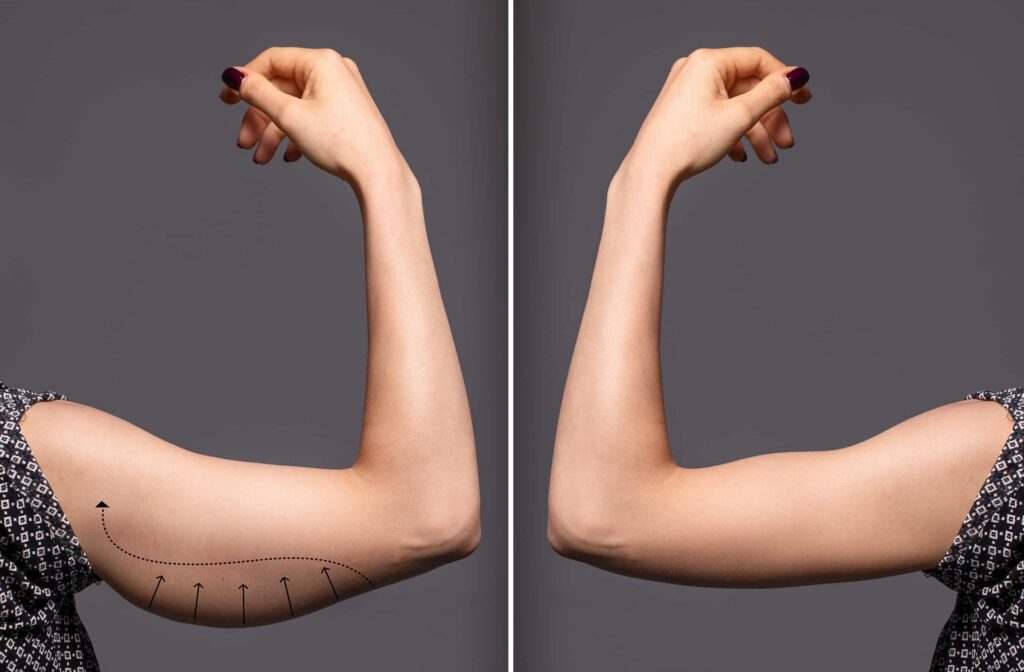

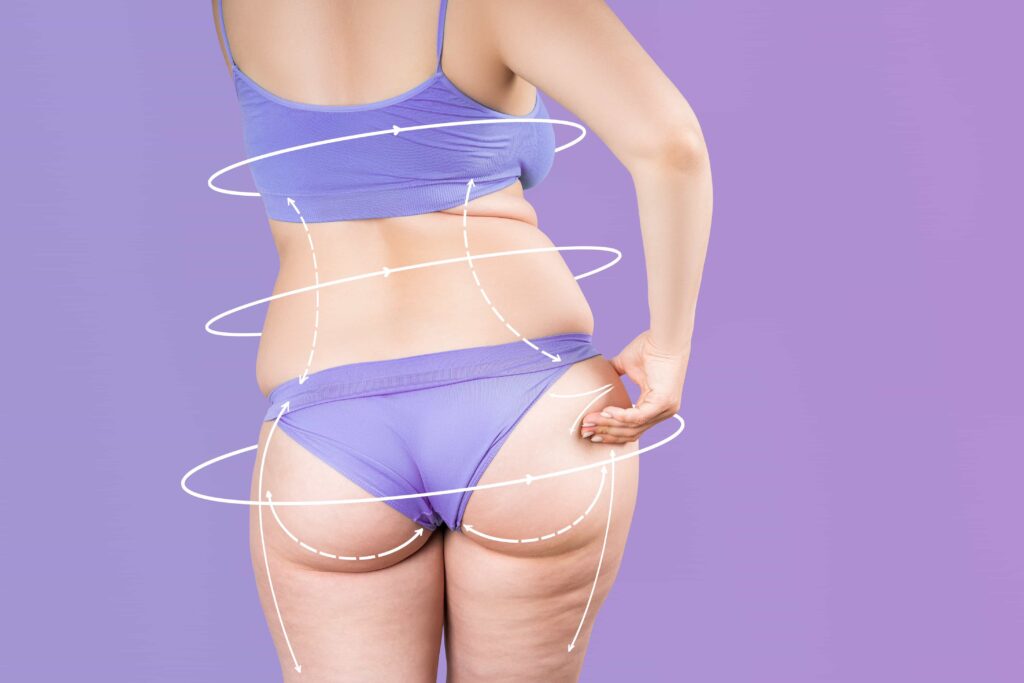
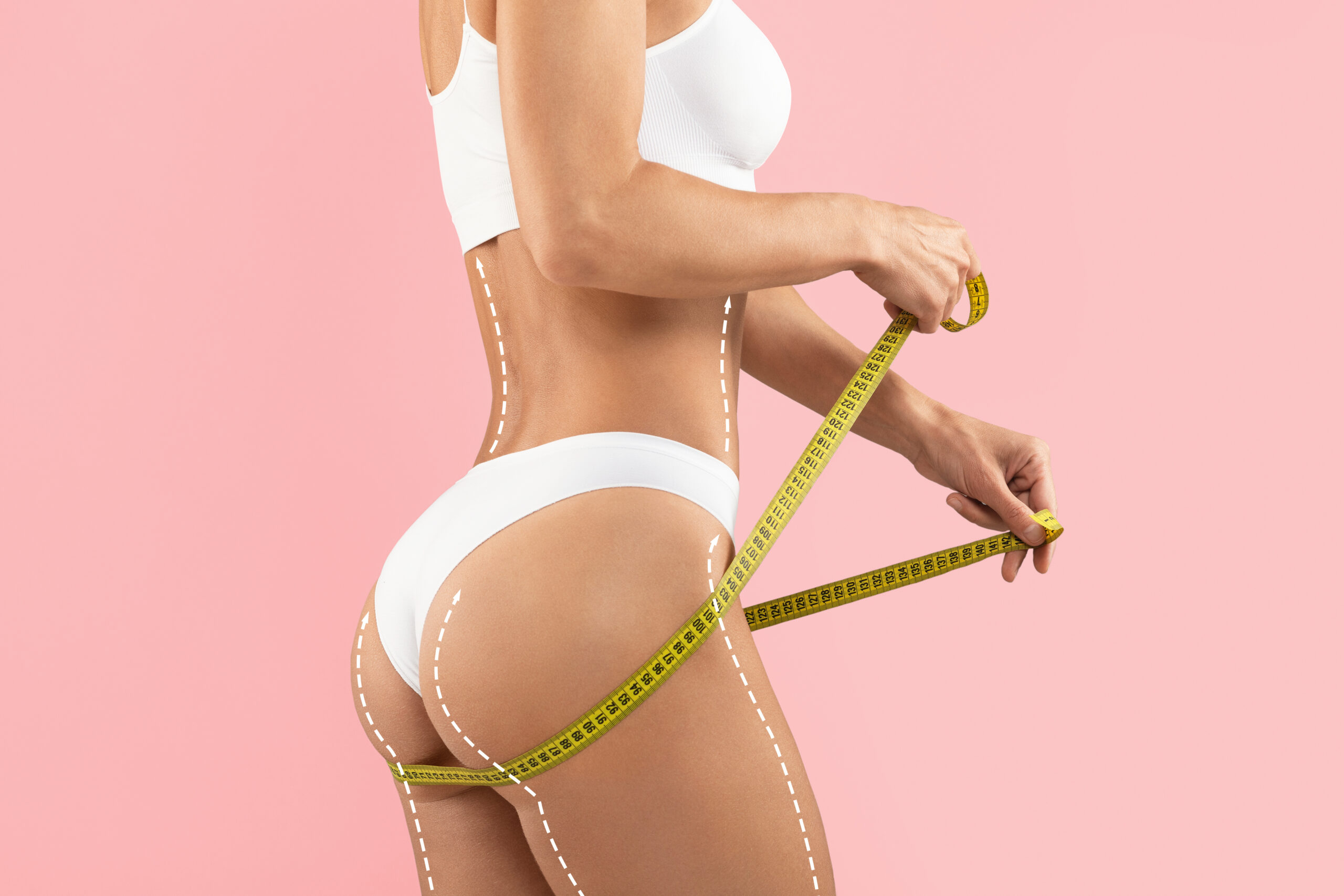

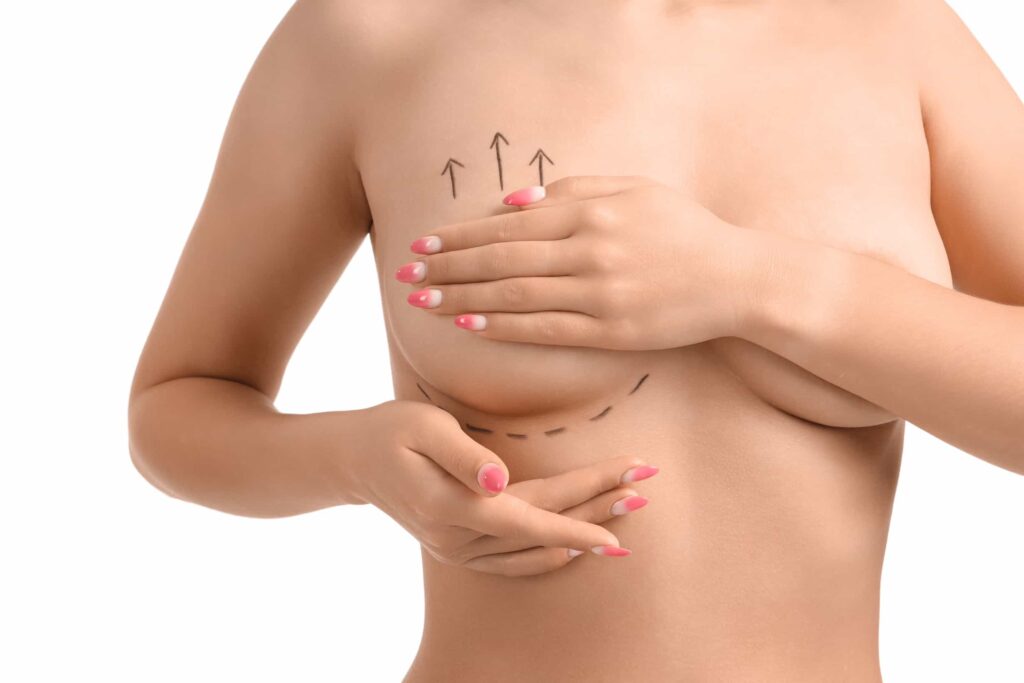
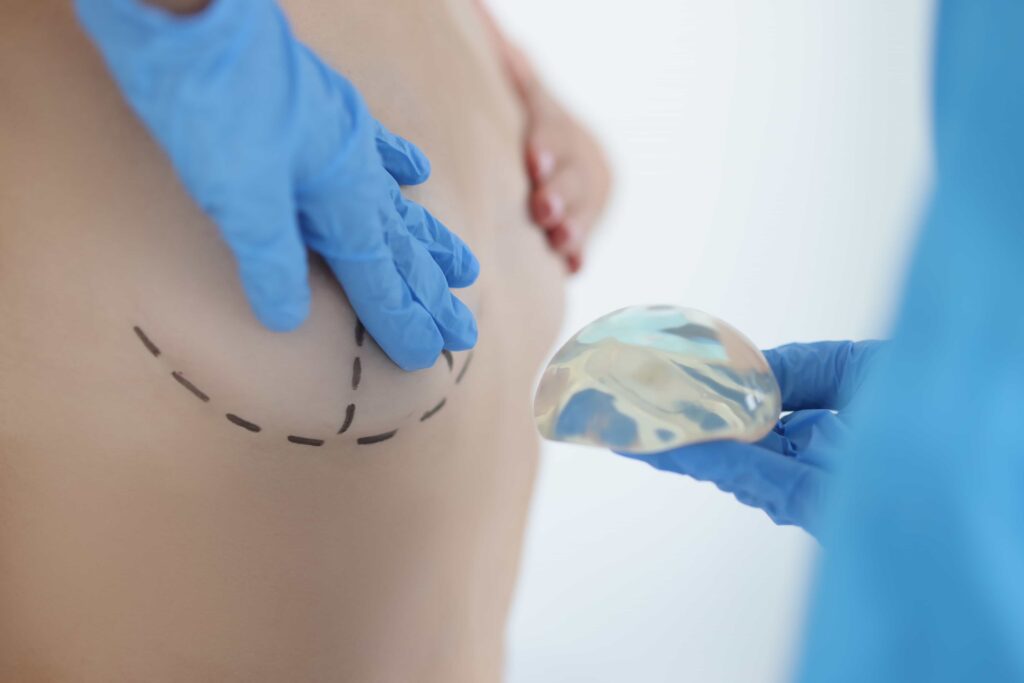

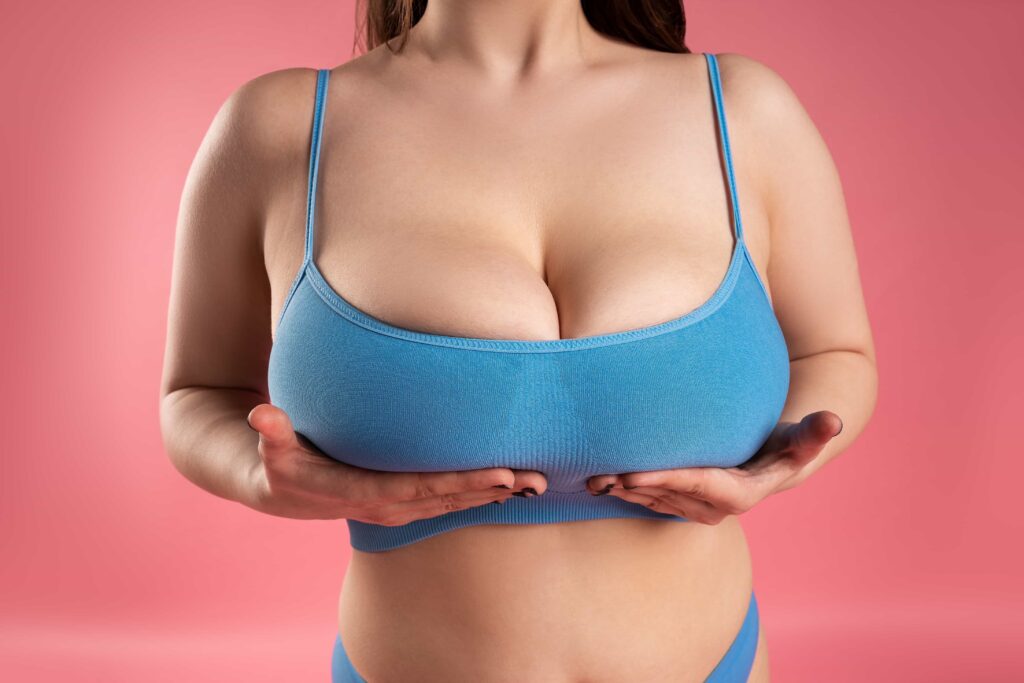

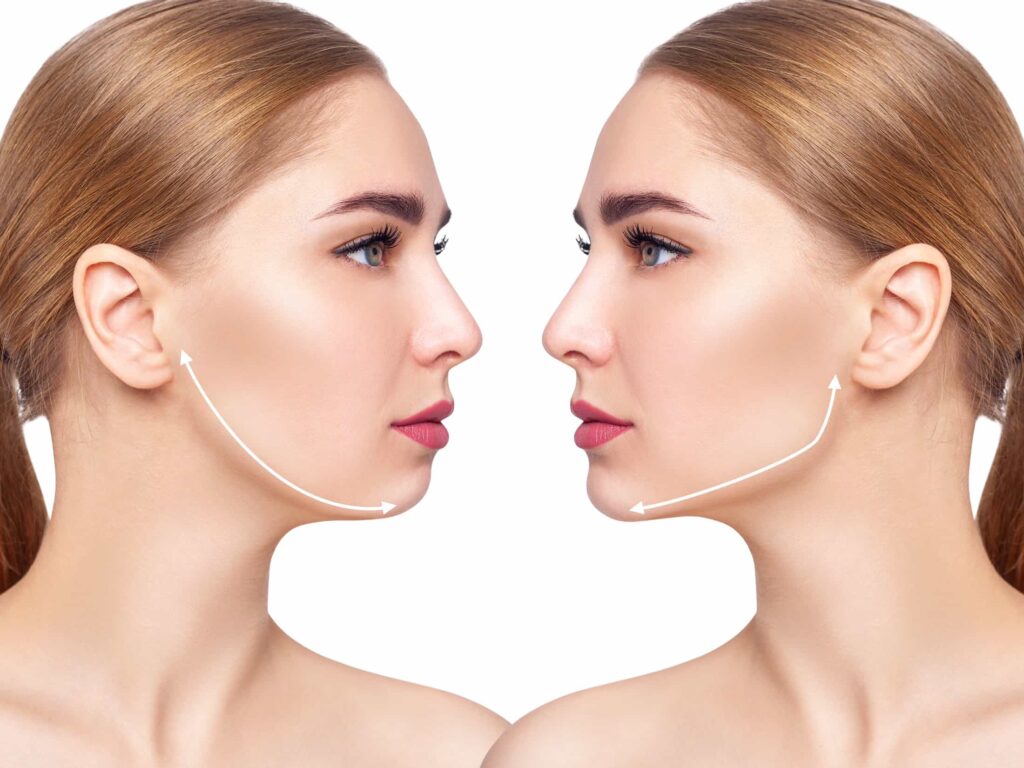

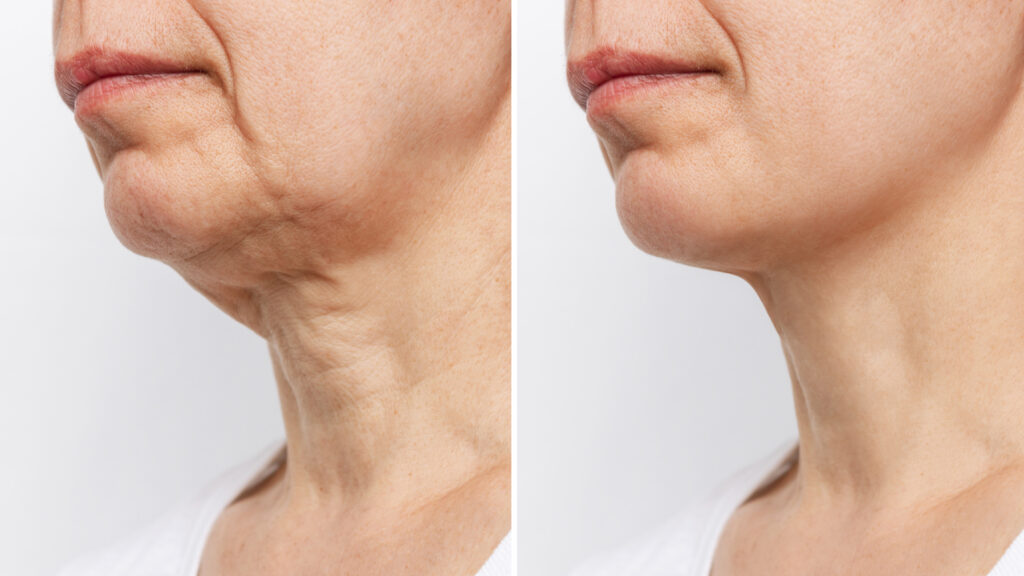


Fat grafting is a procedure that enhances and naturally adds volume to areas of the body by using your own…
